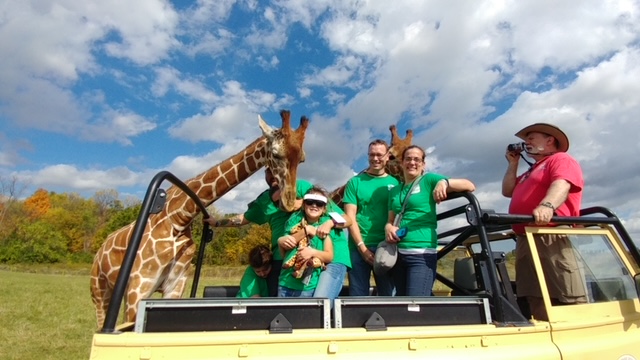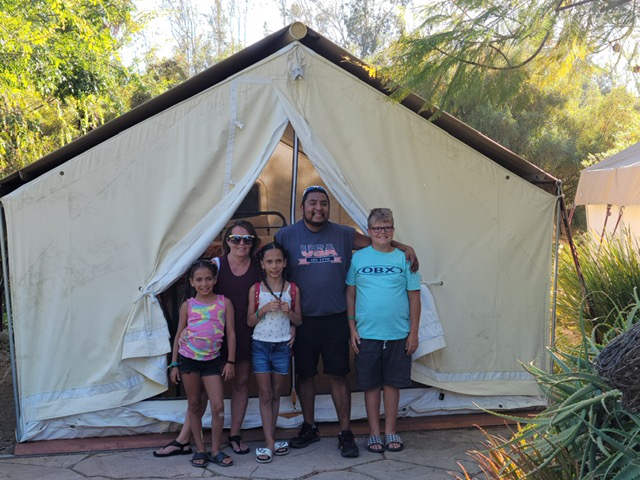The Visual Bucket List Foundation helps children who are losing their vision to create visual memories they can remember after they completely go blind. There are certain eye diseases which predictably result in the complete loss of vision. The foundation set out to provide children with such diseases to experience things which otherwise cannot be fully explained to blind people.

The foundation was started by Steve and Christine Myers in 2016 in Ohio, when they found out that their daughter, Lizzy is one of the children who will ultimately lose her vision. At the time Lizzy was 5 years old, already diagnosed with Usher Syndrome. One out of 17000 people have this condition. Her parents were set out to show her as much of the world as possible while she can see. The started a so called bucket list, always evolving, showing Lizzy as much as possible from the world, be it big or small. But they took it a step further, and wanted to provide similar experiences to other children who are losing their vision.
They worked with a few children to grant their visual wishes, such as seeing animals in the San Diego safari park, dig for fossils in South Dakota, or tour an aircraft with the US Navy.

When I first heard about the foundation, I was fascinated. It is such a great idea to treasure the time children have with their eye sight and use it in a meaningful way. I wrote to Christine and Steve, because I wanted to know more about their work.
I primarily was curious how is it that their phone is not ringing off the hook, as there are more children losing their vision than they could help in a lifetime. What it comes down to is publicity. Of course they appreciate any opportunities to spread the word about the Visual Bucket List Foundation, but it only makes sense if they also have the funds to help the kids to have their wishes granted. So, the only way they can grow is to have the funds, and the children to serve. At the moment they are running the foundation beside a full-time job, but they are hoping that one day they could have a person dedicated to running the foundation.
So, how will it benefit children to see something unique, and how will this be more than just a vacation? It ties back to a previous post I wrote about why it is necessary for blind people to travel. There are just so many things which cannot be imagined based on description: colors, buildings, birds in the sky, landscapes, etc. Is it necessary to know what these things look like? Absolutely not, however, knowing what people talk about widens one’s world and helps to have a realistic imagination of visual experiences. When there is not much time to lose before one’s vision goes away, this time has to be used wisely to have a thorough understanding of what the world looks like, and possibly even build on it further after the vision loss. Those who were born without vision can only attempt to imagine visual descriptions, which is often far from what it is really like.

An experience of a lifetime, which is related to a child’s interests is so much more meaningful than just showing them things one at a time. This is a memory to treasure and draw from for life.
Personally I don’t even understand why is it that such foundations are not spread worldwide. Obviously, when a parent finds out that their child is about to lose their vision, the first thing is to prepare for that moment and ensure that a child is able to ease into blindness. This is when children start to learn to travel with a cane or a guide dog, get acquainted with braille or learn to identify their environment by touch only and start functioning without vision. But at this moment, so to say they lose sight of children’s sight.
Of course in some countries there are rehabilitation services which are more forward thinking, but I have met so many families where a child’s vision loss was regarded as a tragedy instead of trying to take advantage of what is still left. I remember in the elementary school I had a classmate who was quickly losing his vision. His parents were devastated. The teachers were pushing him to learn braille. But I have not heard once encouraging him to use his remaining vision for anything other than helping his completely blind classmates.
I truly admire the work of Christine and Steve. I hope it inspires you too. I would encourage you to head over to their site, learn more about their work, and if you have the means donate to their cause.


No comments! Be the first commenter?